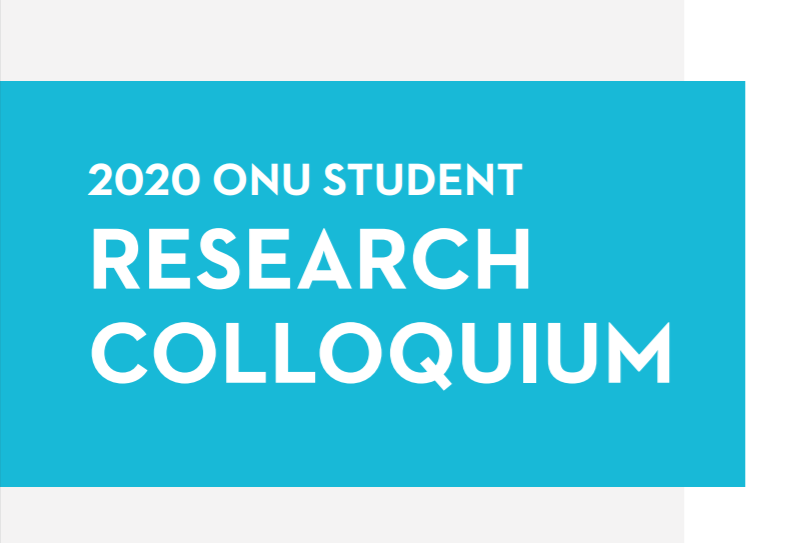Sponsor
Ross Kauffman, Ph D.
Ohio Northern University
Interdisciplinary Studies
r-kauffman.2@onu.edu
Advisor(s)
Ross Kauffman, Ph D.
Ohio Northern University
Interdisciplinary Studies
r-kauffman.2@onu.edu
Christine North, Ph D.
Ohio Northern University
Communication and Media Studies
c-north@onu.edu
Document Type
Poster
Start Date
24-4-2020 9:00 AM
Abstract
Media portrayals of human trafficking have created misconceptions of this tragic reality. Some mistakenly believe that trafficking is only a foreign problem, overlooking occurrences in their own backyards. Other common misconceptions include beliefs that trafficking victims are only women and that victims of human trafficking will always make their problems known when out in public. The current study asks if the primary source and platform of news ONU students use affects their perceptions of human trafficking. All ONU students were invited to complete an anonymous online questionnaire via an email to the student listserv. Participants were asked to report the frequency of use of various news platforms (e.g., newspaper, social media) and sources (e.g., Fox, Public Media). Trafficking perspectives were gathered using Cunningham & Cromer’s Human Trafficking Myths Scale. A linear regression model was created using forward selection to identify news sources and platforms predictive of trafficking misconceptions. Complete data were available for 113 respondents. News platform preference was not associated with belief in trafficking myths in the sample. Utilization of Fox News was associated with higher acceptance of human trafficking myths (p < 0.001), while use of Public Media was associated with a lower acceptance (p = 0.035).
Recommended Citation
Mobberley, Elisabeth, "The Perceptions of Human Trafficking and the Impact of News Media Across ONU's Campus" (2020). ONU Student Research Colloquium. 29.
https://digitalcommons.onu.edu/student_research_colloquium/2020/posters/29
Restricted
Available to ONU community via local IP address and ONU login.
The Perceptions of Human Trafficking and the Impact of News Media Across ONU's Campus
Media portrayals of human trafficking have created misconceptions of this tragic reality. Some mistakenly believe that trafficking is only a foreign problem, overlooking occurrences in their own backyards. Other common misconceptions include beliefs that trafficking victims are only women and that victims of human trafficking will always make their problems known when out in public. The current study asks if the primary source and platform of news ONU students use affects their perceptions of human trafficking. All ONU students were invited to complete an anonymous online questionnaire via an email to the student listserv. Participants were asked to report the frequency of use of various news platforms (e.g., newspaper, social media) and sources (e.g., Fox, Public Media). Trafficking perspectives were gathered using Cunningham & Cromer’s Human Trafficking Myths Scale. A linear regression model was created using forward selection to identify news sources and platforms predictive of trafficking misconceptions. Complete data were available for 113 respondents. News platform preference was not associated with belief in trafficking myths in the sample. Utilization of Fox News was associated with higher acceptance of human trafficking myths (p < 0.001), while use of Public Media was associated with a lower acceptance (p = 0.035).

